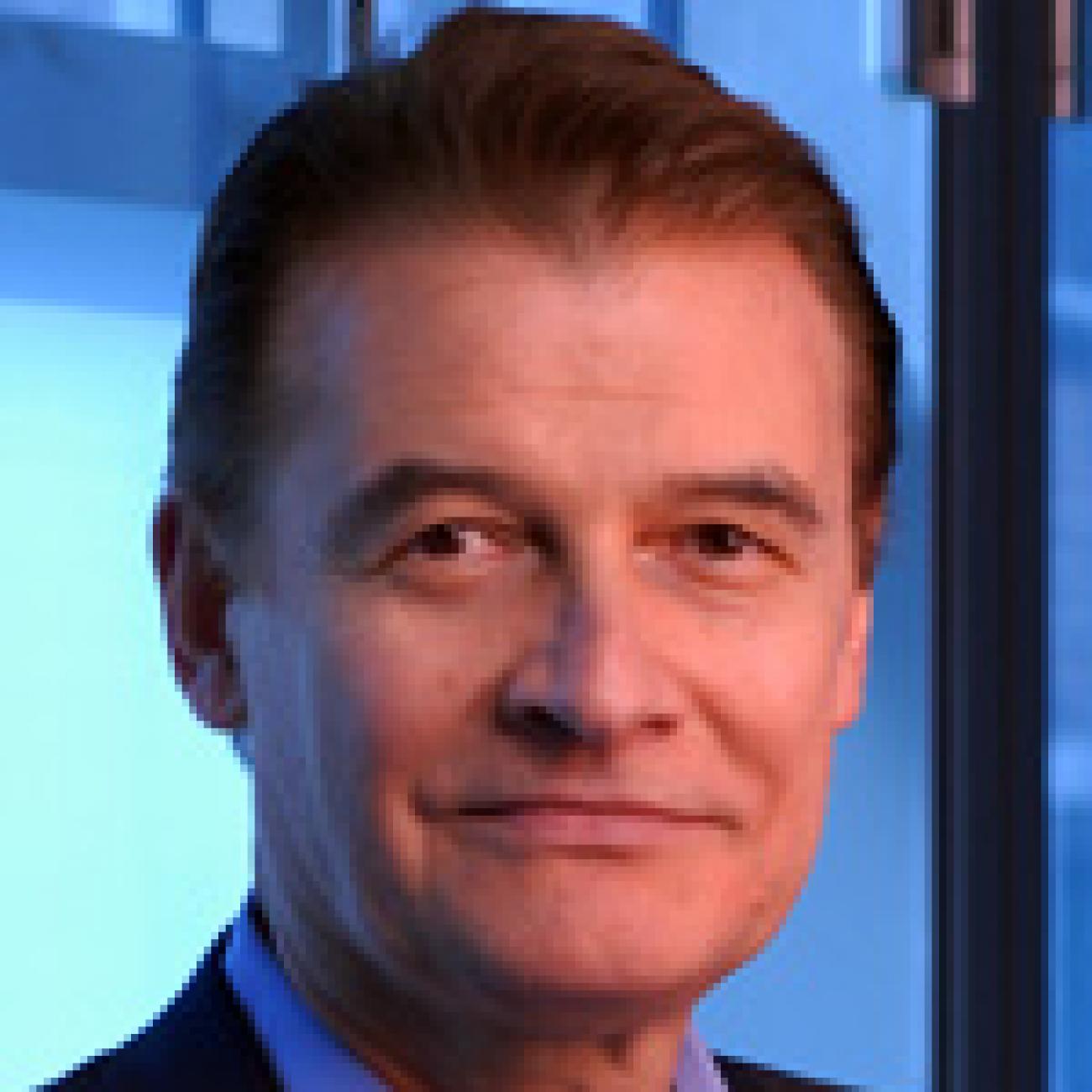Organic, Supramolecular and Macromolecular Chemistry
- B.S. 1969 Department of Organic and Macromolecular Chemistry, Polytechnic Institute of Jassy, Romania
- Ph.D. 1976 Institute of Macromolecular Chemistry, Jassy, Romania
- Postdoctoral July-August 1981 Hermann Staudinger Hause, University of Freiburg, Germany
- Postdoctoral September 1981 - March 1982 Institute of Polymer Science, University of Akron, U.S.A.
Our research group is involved in the elaboration of synthetic methods, strategies and architectural concepts, as well as in the understanding of the fundamental principles that govern the rational design and synthesis of complex molecular, macromolecular, and supramolecular nonbiological systems that exhibit biological functions. Biological systems are employed as models to develop the synthetic architectural motifs and to control their self-assembly and self-organization during the creation of ordered systems. Our research strikes a balance among a diversity of interrelated disciplines, such as organic, bioorganic, macromolecular, and supramolecular synthesis and catalysis, seeking to understand, mimic, and extend Nature's solutions to the design of synthetic functional nanosystems.
Hierarchical folding, supramolecular chirality, nonbiological ionic and electronic channels and nanowires, nanostructured supramolecular membranes, externally regulated drug release mechanisms, enzyme-like catalytic systems, and self-interrupted organic and macromolecular synthesis are examples of new concepts that are under investigation. Central to the capacity of biological molecules to perform critical functions is their ability to form highly organized and stable 3-D structures using a combination of molecular recognition processes. Therefore, the combinatorial libraries of synthetic building blocks required in our strategies consist of combinations of macrocyclic, dendritic, and other primary sequences that are able to fold into well-defined conformations and also contain all the information required to control and self-repair their secondary, tertiary, and quaternary structure at the same level of precision as in biological molecules. To what extent the delicate balance between the structures and functions evolved in Nature during billions of years can be transplanted to synthetic molecules is a fascinating question.
Towards these goals, we also develop new synthetic methods for the formation of carbon-carbon and carbon-heteroatom bonds using metal-catalyzed homo- and cross-coupling, radical, and various ionic and ion-radical reactions. Living and non-statistically self-interrupted polymerization methods are elaborated based on these organic reactions. The design of the internal structure of complex single molecules and the elucidation of the reactivity principles induced by the controlled environment confined within a single molecule or supramolecule are actively pursued. This research involves collaborations with structural and computational chemists and biochemists.

